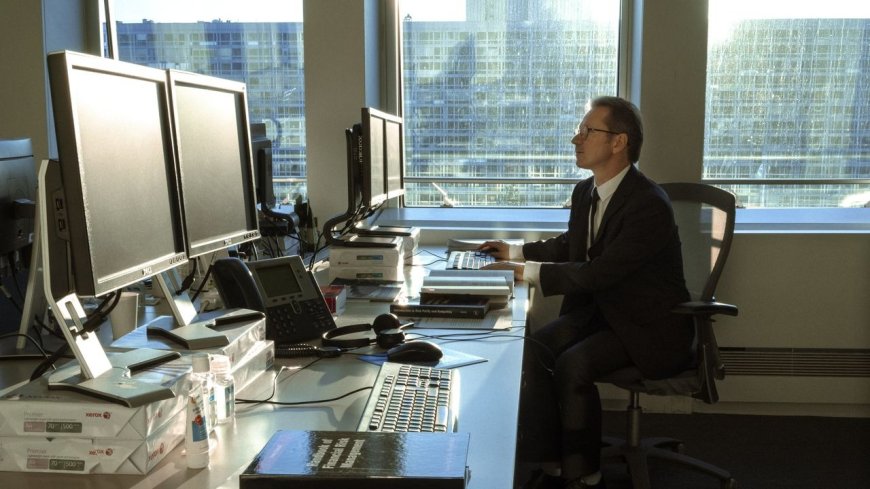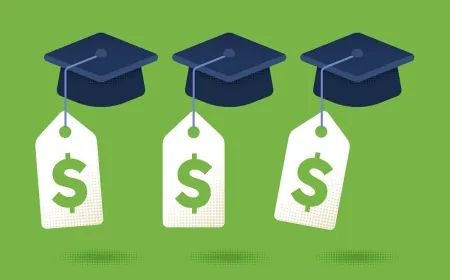Bankers Pursue Legal Safeguards in the $1.5 Trillion ESG Debt Market
Bankers are seeking legal cover amid concerns of greenwashing in the booming $1.5 trillion ESG debt market. Learn how new clauses are being added for protection.

Bankers who handle one of the world’s largest markets for environmentally and socially responsible loans are now looking for legal protection. This is to guard against potential accusations of "greenwashing" in the future.
These loans, known as sustainability-linked loans, have become a massive $1.5 trillion market in just a few years. They allow borrowers and lenders to claim that a loan is tied to certain environmental or social goals. However, the proof to support these claims isn’t usually available to the public, and the market is not regulated by any official body. Lawyers advising these bankers are saying that the risks of being accused of mislabeling these products are now too significant to ignore.
Greg Brown, a partner at the Allen & Overy banking practice in London, has noticed a sharp increase in clients requesting new legal clauses in the documentation for these loans. These added clauses are meant to allow lenders to remove the "sustainability" label from a loan if they later realize that the product doesn’t genuinely meet environmental, social, or governance standards. These clauses are known as declassification provisions.
Rachel Richardson, who heads the ESG (environmental, social, and governance) department at the London-based law firm Macfarlanes, has also observed a growing demand for these declassification clauses. She describes them as a form of protection for lenders against the risk of greenwashing.
While it's not clear how often these clauses will be used, the fact that they are being introduced is significant. The UK’s Financial Conduct Authority (FCA) has previously expressed concerns about the “integrity” of some sustainability-linked loans. They warned that accusations of greenwashing might follow if these concerns weren’t addressed.
The transparency of the sustainability-linked loan market is limited, and not all deals can be viewed by the public. Based on data from BloombergNEF, the total value of sustainability-linked loans arranged in the first three quarters of 2023 is only 40% of what it was at the same time last year, which is roughly $136 billion.
In 2024, a large number of borrowers with sustainability-linked loans will need to renew their existing loans. An estimated $187 billion worth of these loans will become due in 2024.
The most active lenders in this market are Bank of America Corp. and JPMorgan Chase & Co. While representatives from both banks have chosen not to comment, experts warn that publicly claiming financing for sustainable projects without robust processes could pose regulatory risks.
The sustainability-linked loan market's future could also be affected by regulatory scrutiny and evolving industry standards. The introduction of declassification clauses indicates a growing emphasis on legal safeguards in the sustainability-linked loan market, reflecting the need for greater diligence in labeling loans with an ESG tag.
Since their modest beginnings in 2017, sustainability-linked loans have gained popularity as banks increasingly associate sustainability claims with loans. This often happens without providing public documentation to substantiate the label. Between 2018 and 2021, the sustainability-linked loan market grew by over 960% to $516 billion in annual deals. As of last year, no ESG debt market surpassed sustainability-linked loans, except for green bonds.
While the sustainability-linked loan market presents opportunities for transition finance, concerns about greenwashing and the need for greater transparency may drive regulatory and industry-led actions to ensure integrity and credibility in this rapidly evolving market.
Also Read | SoftBank Raises $800 Million in Japan's First Bond-Type Share Listing





























































